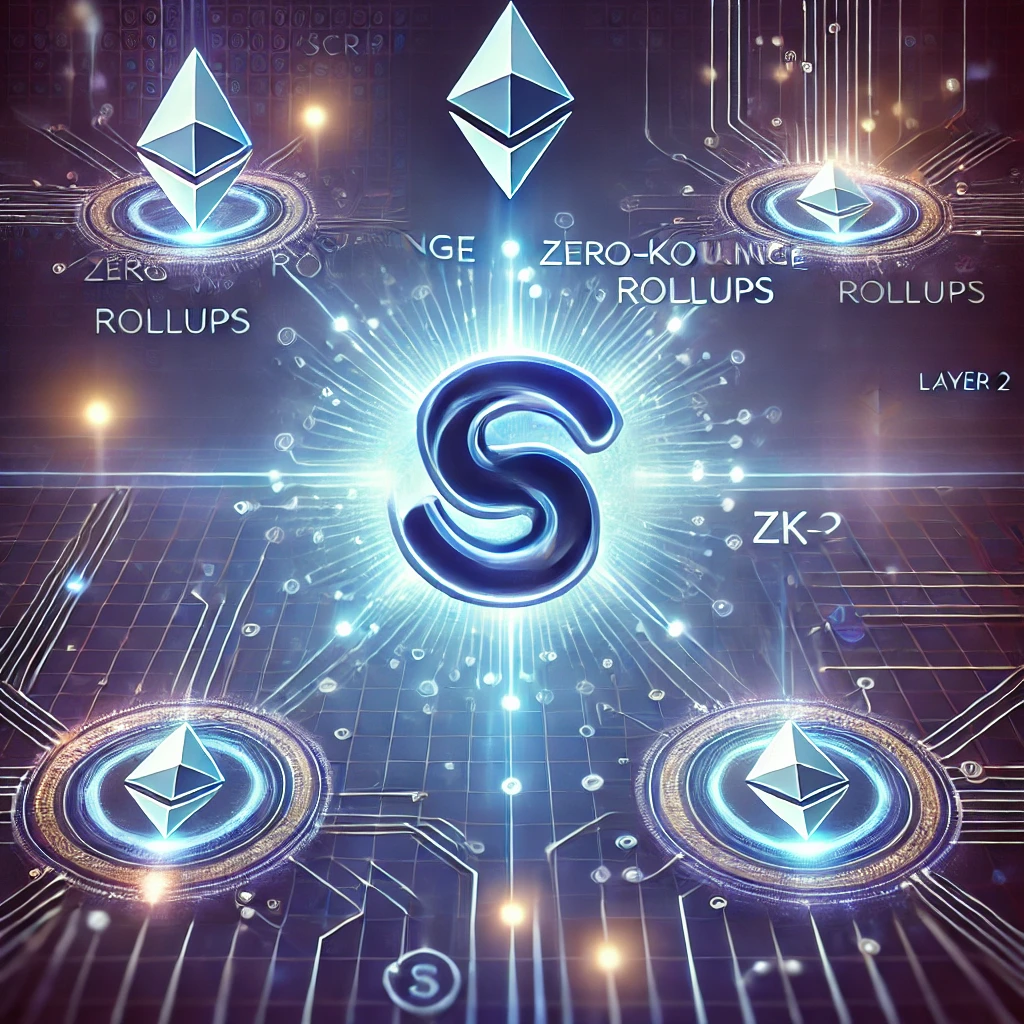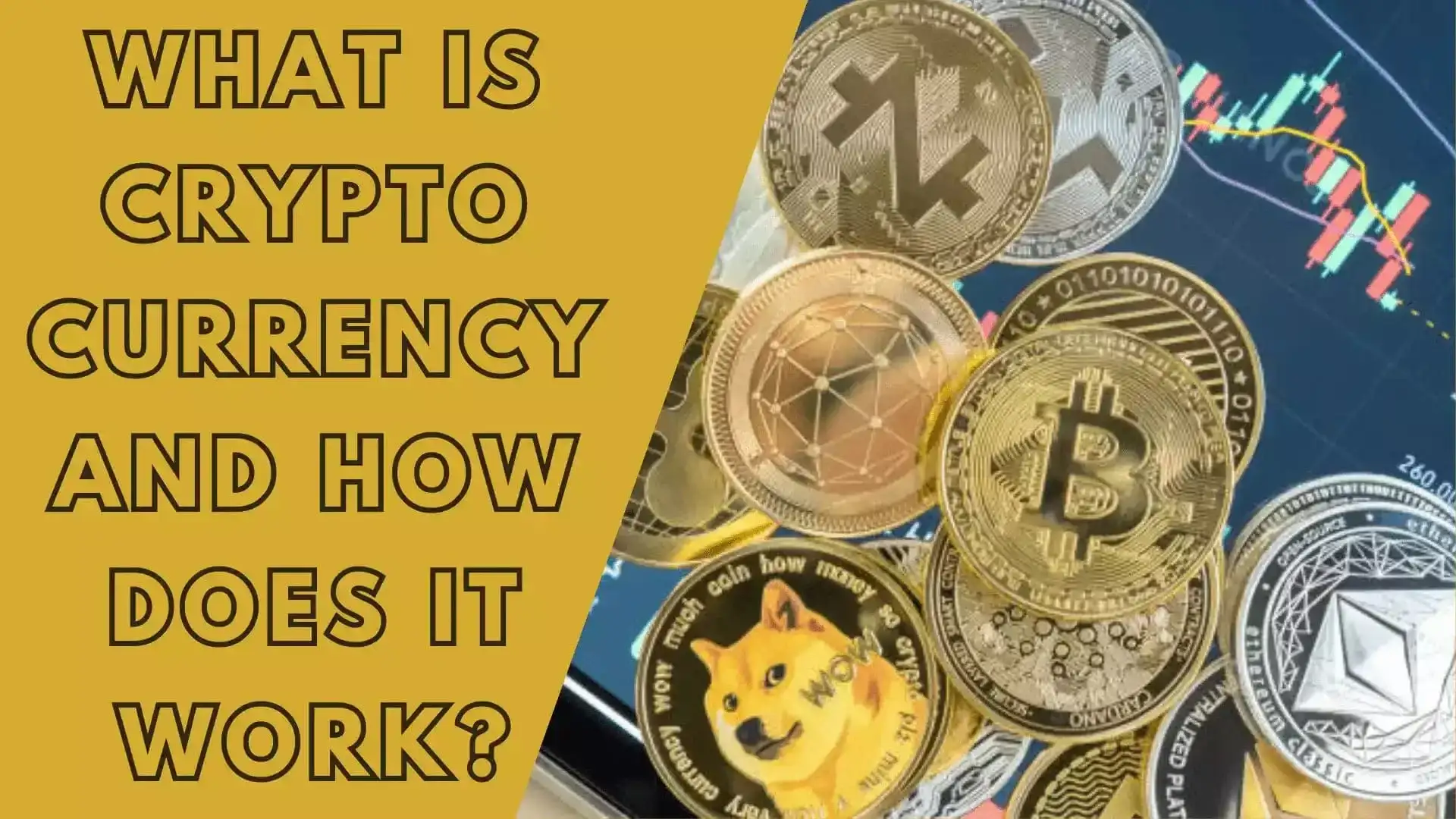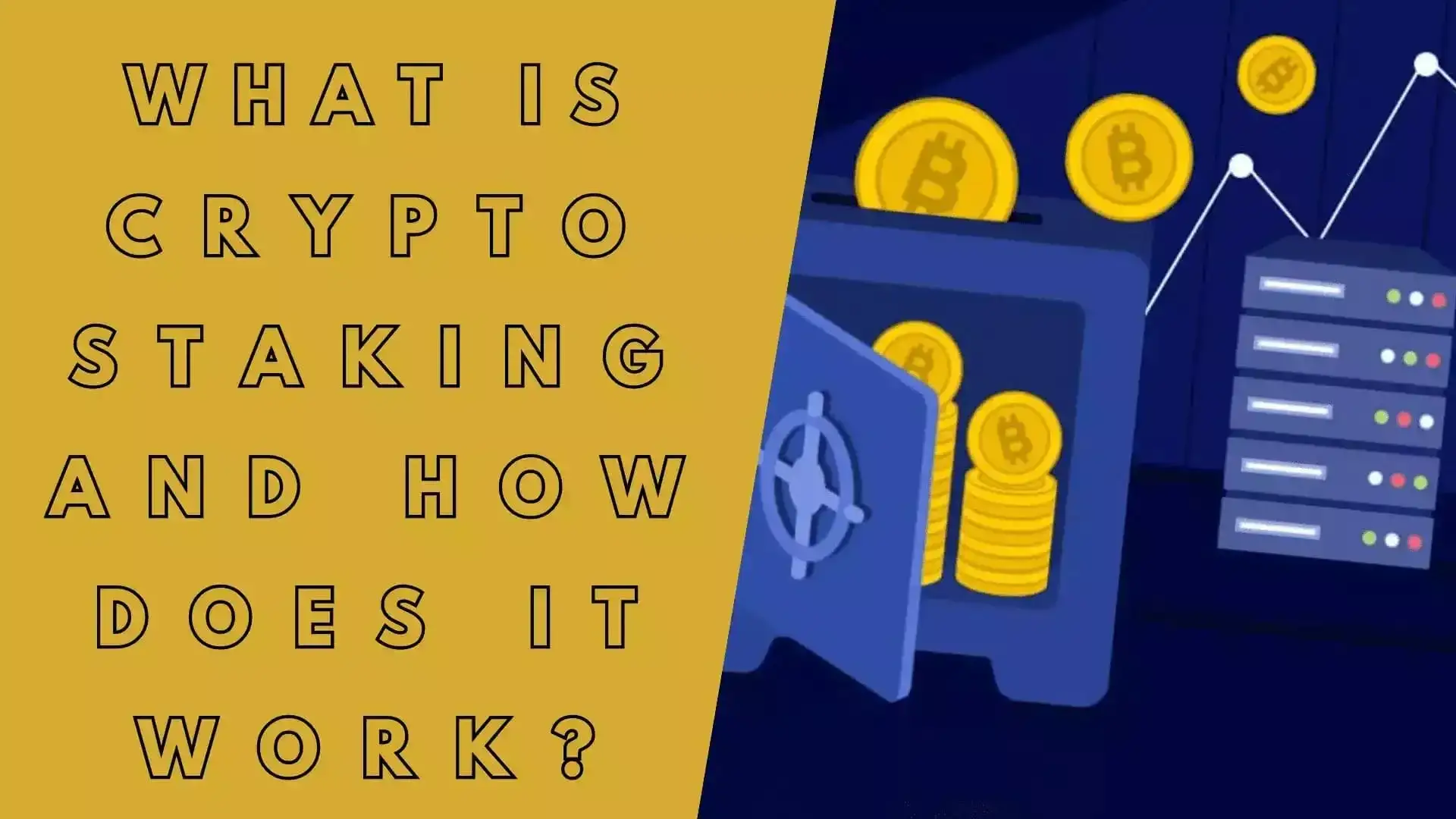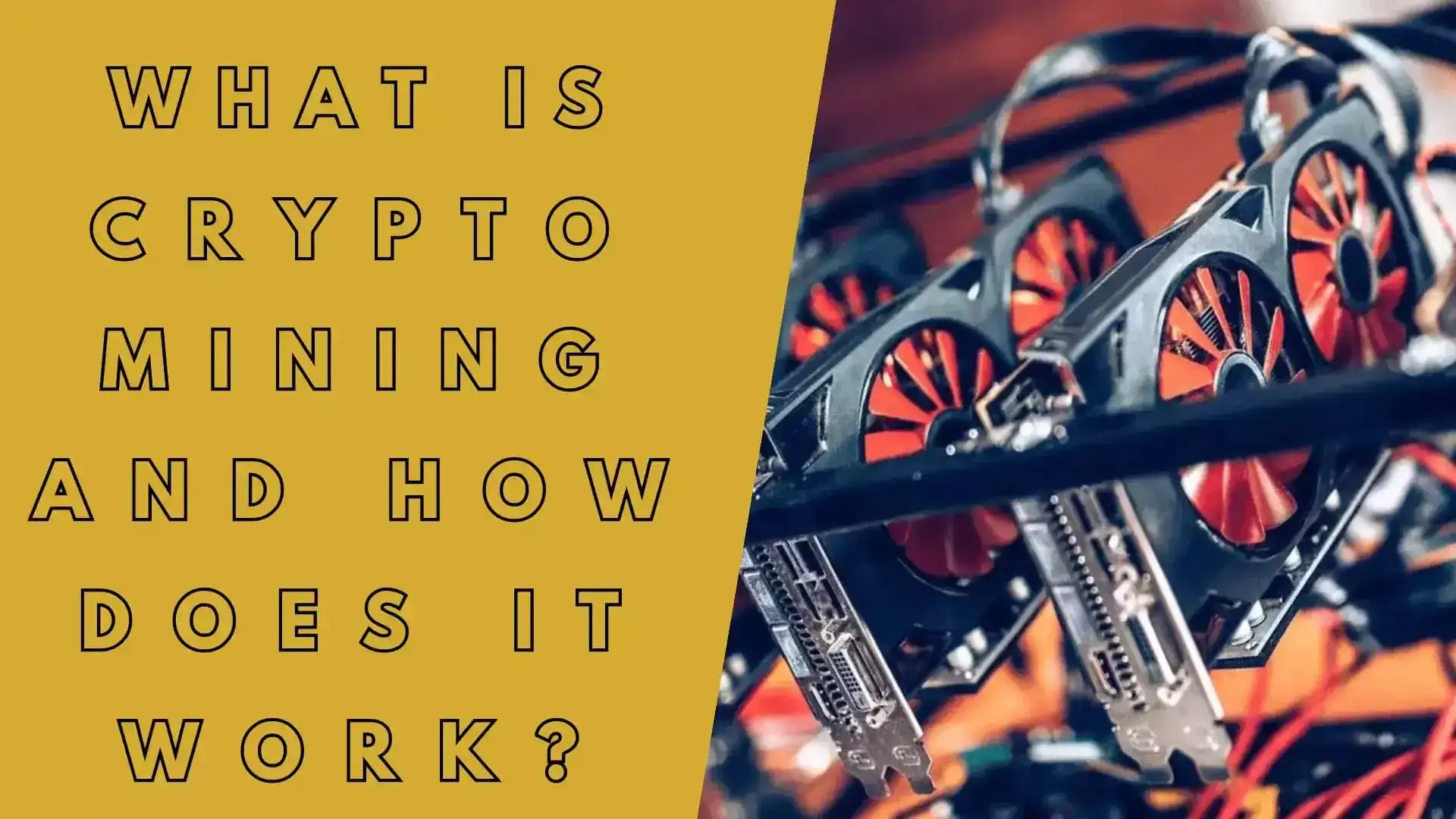Scroll (SCR) is a Layer 2 scaling solution for Ethereum, designed to enhance transaction throughput, reduce costs, and maintain security through zero-knowledge rollups (ZK-rollups).
How Does Scroll (SCR) Work?
Scroll utilizes ZK-rollups, a cryptographic method that bundles multiple transactions into a single proof, which is then submitted to Ethereum's mainnet. This reduces congestion and improves efficiency.
Key Features of Scroll
- Scalability: Enables faster and cheaper transactions compared to Ethereum's Layer 1.
- Security: Inherits Ethereum's security by verifying transaction proofs on-chain.
- Decentralization: Scroll aims to maintain Ethereum’s decentralized nature while improving performance.
- Developer-Friendly: Compatible with existing Ethereum smart contracts.
Use Cases of Scroll (SCR)
Scroll (SCR) can be used in various blockchain applications, including:
- DeFi (Decentralized Finance): Faster and cheaper trading, lending, and staking.
- NFT Marketplaces: Lower transaction fees for minting and transferring NFTs.
- Gaming: Enables smooth in-game transactions on Ethereum.
Example: Sending a Transaction on Scroll
Here’s a simple example of how a user can send a transaction using Scroll:
// Using Web3.js to send an ETH transaction on Scroll
const Web3 = require('web3');
const web3 = new Web3('https://scroll-mainnet.infura.io/v3/YOUR_INFURA_PROJECT_ID');
async function sendTransaction() {
const sender = '0xYourWalletAddress';
const receiver = '0xReceiverWalletAddress';
const privateKey = 'YourPrivateKey';
const tx = {
from: sender,
to: receiver,
value: web3.utils.toWei('0.1', 'ether'),
gas: 21000,
};
const signedTx = await web3.eth.accounts.signTransaction(tx, privateKey);
const receipt = await web3.eth.sendSignedTransaction(signedTx.rawTransaction);
console.log('Transaction Hash:', receipt.transactionHash);
}
sendTransaction();
Conclusion
Scroll (SCR) is a promising Ethereum Layer 2 solution that leverages ZK-rollups to enhance scalability while preserving decentralization and security. As adoption grows, it could play a vital role in the future of blockchain applications.






